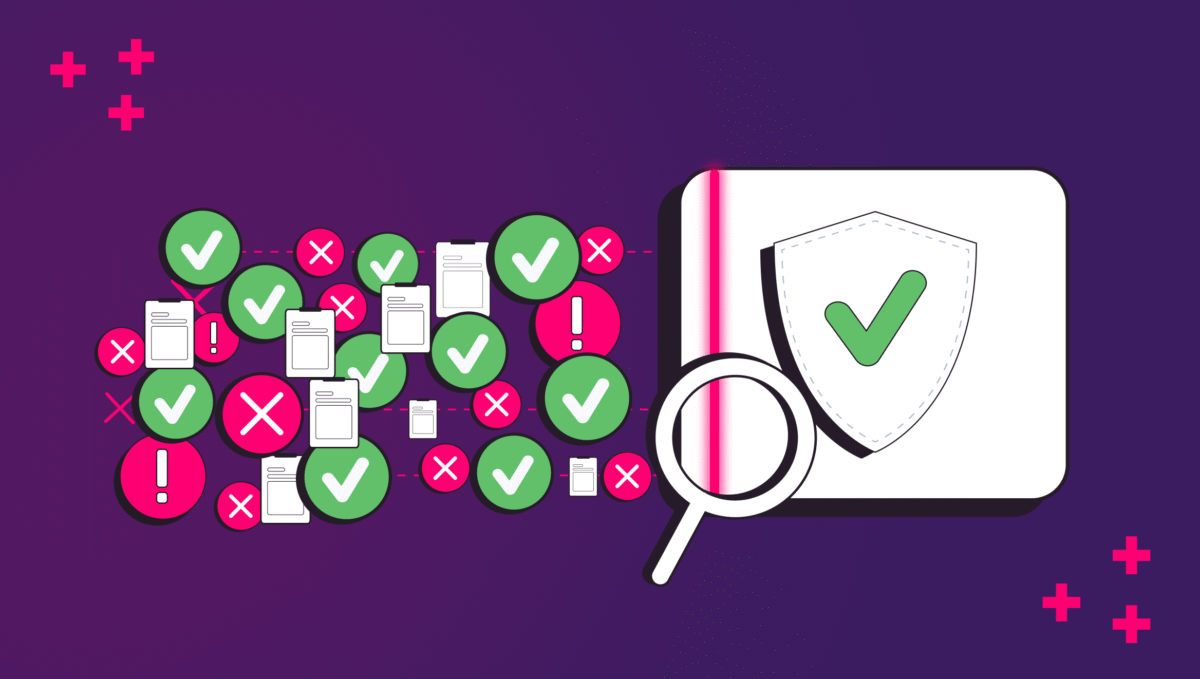What Is Cost Per Visit (CPV) and How To Calculate It?
Sanja Trajcheva
|Marketing | May 06, 2023

As a digital marketer, you probably have a whole stack of KPIs that you’re monitoring on a daily basis. So here is another one for you… Cost per visit, or CPV.
Understanding your cost per visit can help you make sense of how much your advertising is costing you in total. It can also help you identify how effective your ad campaigns are and can even help you spot click fraud.
Sounds super useful, right? OK, so first of all, what is CPV?
What is Cost per Visit?
The cost per visit (CPV) to your site or business looks at how much you’re paying for your advertising and how much a single visit costs.
This can be applied to both website clicks and physical visits or appointments at your location. Generally, it is used to analyze your PPC campaigns, but once you understand how to work out the cost per visit, you can apply it in different ways.
Unlike ROAS (return on ad spend), which focuses on how much it costs to win one customer, CPV looks more at how much you’re paying for an individual visit. It’s a useful way to work out how effective your ad campaigns are across multiple platforms and strategies.
Cost per visit is also not necessarily a metric used by the ad platforms, so you won’t see it in your dashboard. It is, however, quite useful to know if you want to tally up the results of your ad spend.
Do I need to know Cost Per Visit?
Most businesses are using a mixture of advertising methods online, which can include CPC (cost per click), CPA (cost per acquisition), and CPM (cost per thousand impressions).
And running digital marketing ad campaigns usually means using multiple platforms. You might be using Google Ads to target the bottom-of-funnel (BoFu) market and sell. But you might be using Facebook Ads to increase site visitors and boost your brand visibility.
If you’ve ever looked at your spreadsheets or advertising dashboards and scratched your head, understanding your cost per visit can help make sense of all of your combined metrics.
How to work out Cost Per Visit (CPV)
Let’s say you want to work out your cost per visit in a weekly period.
The first thing to do is tally up your ad spend on all platforms that you’re using and the clicks or site visits that came from each of them.
| Platform | Ad Spend (weekly) | Visits (weekly) |
| Google Ads | $200 | 50 |
| Facebook Ads | $200 | 35 |
| Bing Ads | $100 | 15 |
| $150 | 25 | |
| TOTALS | $650 | 125 |
As we can see from the chart above, our example business has spent $650 on marketing in a week. From that, there have been 125 site visits.
$650 / 125 visits = 5.2
That makes a total of around $5.20 per site visit.
To calculate cost per visit (CPV):
Total Cost (divided by) Total Visits = Cost Per Visit (CPV)
In this instance, we’re not looking at the CPA or ROAS, which will return different figures.
Now, another way to look at your cost per visit is to look at the total site visits you have in a period and divide that by all of your marketing efforts. This might also include the time spent to create organic content, the costs of any freelancers or agencies you’re using to do keyword research or manage your ads, and even the software you pay for to help you do the job.
This might look something like:
- Paid ad spend $650
- In-house marketing team $300
- Freelance contributor $150
- Software package $25
And let’s say you have 800 unique views on your site per week from all sources, including organic, paid search, and your paid social campaigns.
$1125 / 800 = $1.40 per visit
Understanding CPV
With the cost per visit, you can then apply your cost per acquisition or return on ad spend and see where your marketing efforts are most successful.
Of course, those organic results might not seem the most cost-effective in the short term, but they are probably (or should be) part of your overall content marketing strategy.
When looking at your paid search results, you can investigate how effective your PPC ads are at attracting the right kind of site visitors. Looking at that cost per visitor, you can then analyze things like:
- Time spent on site or bounce rate
- Pages viewed
- Average spend per customer
- Lifetime value of a customer
- How PPC fares as a percentage of your marketing spend
What’s in a click?
Each click has a value, even if it’s from an organic source. At some point, you’ve paid money or spent your time (which also has value, right?) to create a clickable resource.
Eventually, with some good marketing strategy, the bulk of your sales and site visitors should come from organic search results. Although not ‘free’ traffic (again, you have paid for it), it doesn’t cost per click or per view.
But pay-per-click is still one of the most effective ways of driving traffic to your business and getting on top of the SERPs.
When it comes to clicks on paid search ads, the issues of click fraud and ad fraud become key. Of those site visitors, how many of them are not genuine potential customers?
Understanding how much click bots or malicious business competitors can cost your business can be an eye-opener for many business owners.
According to research from the University of Baltimore, the volume of click fraud averages around 14% globally. And from our own data, we’ve seen this rising to over 60% for some particularly competitive industries.
Yes, that means that 60% of paid clicks on some ad campaigns are not even real customers (or even people), which in many cases also means a higher cost per visit (CPV).
Check out how much fraudulent traffic there is on your PPC ads with the free trial of our industry-leading anti-click fraud software.














